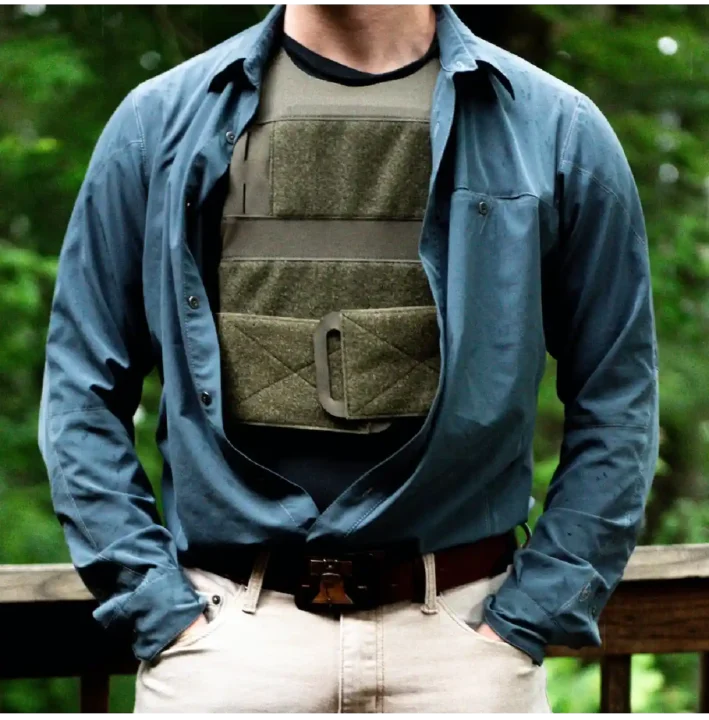NEWS
How to Choose the Right Level 4 Ballistic Plates for Your Needs

In an uncertain world, personal protection has never been more vital. Choosing Level IV ballistic plates can be critical if you’re in law enforcement. These plates represent some of the highest levels of protection against assault rifles.
But with various types of level 4 ballistic plates on the market, how do you decide on the right one? Selecting the ideal armor means understanding your requirements. Read on.
Understanding the Ratings
First, it’s essential to understand the Level IV rating. The NIJ (National Institute of Justice) has established ballistics standards.
A Level IV plate is rated to stop a single shot of a .30-06 M2 AP (armor-piercing) bullet at a specified velocity). This is the baseline protection standard you should look at.
Yet, certain plates are designed with some nuances. They can protect against it, but this will require closer inspection and consideration.
Think About Weight and Wearability
The armor’s weight impacts the wearer’s comfort and mobility. Level IV plates are heavier than their Level III counterparts. This added weight can vary between different plates.
Two important terms to consider are single-curve and multi-curve. Single-curve plates are flatter and less expensive. They may not contour to the body, affecting comfort.
Multi-curve plates are more ergonomic and will likely be more comfortable for extended wear. Find the optimal balance between protection and weight. Choose a plate you can wear for extended periods.
Material Selection Matters
Level IV plates are made from either steel, ceramic, or polyethylene, each with its pros and cons. You must explore the types of materials.
Steel plates are among the most affordable and are durable. They can be the heaviest of the three and can spell (shrapnel that comes off the plate upon bullet impact).
Ceramic plates are lighter than steel and are designed to shatter on impact, dispersing the bullet’s kinetic energy. This shattering means they are for single use and must be replaced after being hit.
Polyethylene plates are the lightest, often weighing up to 50% less than steel plates. Despite being thinner, they are effective at stopping ballistics. They also do not spell, which makes them safer to use. Yet, they are the most expensive of the three materials.
Consider the trade-offs and choose the material that aligns with your protection needs, budget, and considerations for wearability. If you need some body armor options, check out this LTC 26605. It is trusted by armed forces worldwide for its extensive protection and sizing.
Purpose-Driven Design
Different plates are designed for different mission requirements. Some Level IV plates are stand-alone, meaning they don’t require soft armor to provide maximum protection. Others are in-conjunction style plates specifically designed to be worn with soft armor and used together to provide full coverage against a wide variety of threats.
Identify the most common threats you’re likely to face and ensure that the plate you choose is designed to protect you against them. For example, some plates perform better against certain types of rounds or are designed to be specifically stab- or spike-resistant.
Choose the Best Level 4 Ballistic Plates
In conclusion, choosing the right level 4 ballistic plates is essential to personal safety and preparedness. By understanding the factors that go into selecting body armor, you can make an informed decision that best aligns with your unique needs and circumstances.
Remember, body armor is an investment in your protection. Doing your research thoroughly and ensuring you select the right Level IV plates will ultimately contribute to your safety and peace of mind.
Having completed my education in English, I’ve cultivated a successful career as a content writer. My tenure includes valued collaborations with distinguished professional organizations, reflecting my commitment to producing high-quality content.
Contact me on this mail: [email protected]










